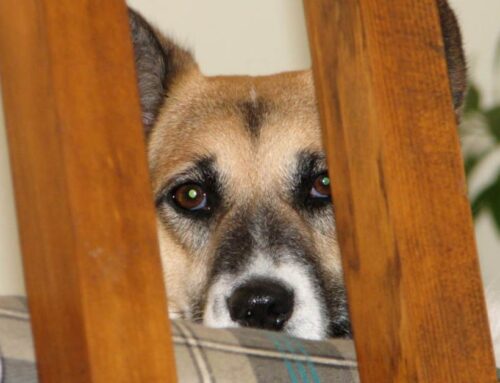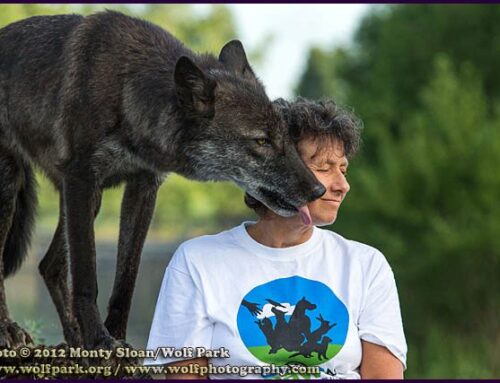
People who are required to perform in stressful situations, police, fire fighters, soldiers, actors, or musicians, for example, will practice whatever behavior is appropriate for situations they may find themselves in. A police officer will practice drawing their weapon, aiming and firing, soldiers may practice dropping to the ground, actors will rehearse their lines and stage directions, musicians will practice their piece over and over again. When these people find themselves in a stressful situation they are more likely to perform the behaviors they have practiced and which have become habits.
In order to help a fearful dog behave more appropriately in stressful situations it’s important to give them the opportunity to practice an alternate behavior at which they can become proficient. This will become the behavior which will replace the one that you don’t like. But in order to learn and practice this new behavior the dog needs to be in a situation in which it does not feel stressed or the level of stress has to be low enough so that they do not revert to whatever behavior has become a habit for them.
The way to learn any behavior is to begin slowly, gradually adding to the difficulty of it. The fewer mistakes made in the process the less likely those mistakes will be repeated. If you are teaching someone to drive a car, it’s best to begin in a parking lot, preferably empty, rather than on a busy highway. If you are working to teach your dog to sit and look at you, it’s best to begin in a place where your dog feels comfortable and can focus. As this behavior becomes more reliable in this place you can begin to work in more challenging locations, always striving to practice the appropriate behavior, not the old habit.
When it comes to dogs and people, practice may not always make perfect, but it does make it more likely!
For more information about how to help a fearful dog be sure to visit the Fearful Dogs website





